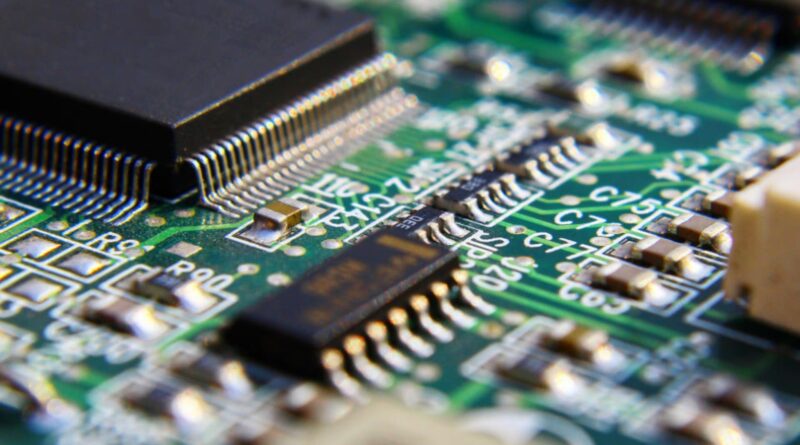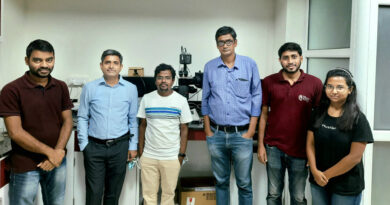Chip Race: India’s dream of being a Chip hub
We are in the fourth industrial revolution era, where data is considered as the new oil. And where do we get this data from? Data’s crucial components are chips or semiconductors. The overwhelming dependence of several tech sectors or semiconductors makes it geographically important.
The semiconductor industry is unlike anything else. It undergoes four important processes. First and foremost is the raw material source. The major raw material source for a chip is Silicon and Gallium Arsenide or Gallium nitride. China is the world leader in producing Silicon (68%) and Gallium (97%).
Now comes the second stage which is all about research and development and the third stage, of course, is the production stage which itself undergoes several processes- that includes Designing, assembling, Packaging, Manufacturing, and Testing. The production stage is the most crucial and complicated stage of the chip-making process. At last, comes the Distribution and sales process, where chips are exported to different parts of the world. China, the so-called ‘World’s factory’ is a net importer of semiconductors.
Importance of Semiconductor
When we talk in terms of the geopolitical significance of chips, many of the sectors are highly dependent on it. In fact, in areas of technological innovation, economic growth, and security, chips act as a foundation component. The uses of chips are not just restricted to these fields only but also extended to personal computers, Automobiles, and e-vehicles. The aircraft, Stock market, and e-commerce banking sectors are also crucially dependent on semiconductors. The rapid increase of semiconductors is also being observed in quantum computing and AI.
![]()
India’s master plan to boom in the semiconductor industry!
The semiconductor industry requires a huge investment and a huge infrastructure. So, many factors need to come together for India to make in the niche chip industry. The foremost thing is to attract foreign companies to establish their plants here in India itself which altogether boosts the manufacturing sector. Thus, creates lakhs of jobs, and also contributes to the GDP. As well as gave strength to the Make in India program. For the same, the government has taken a brilliant step to make India self-reliant in the chip niche. The government has done well to approve a 76,000-crore (about $10billion) incentive scheme for semiconductors.
The plan is to provide financial support of up to 50% of the project cost for setting up semiconductor and display fabrication. And certainly, to support companies that are at least engaged in three types of fabs- silicon fabs, display fabs, and compound semiconductor fabs.
![]()
India’s blueprint?
What is in the works currently is a plan to push electronics and hardware manufacturing, product design, and R&D.
“We need to incentivize all three together as they are interlinked and vital to creating a sustainable demand for semiconductors. Manufacturing cannot prosper without design and R&D.”
Meanwhile, several techies are working in chip-making companies across the globe. It makes sense for India to attract chipmakers in India and establish manufacturing units that produce machines for the semiconductor industry. And of course, an industry that design various types of chips like logic chips, memory chips and better start fabricating them in India as well.
What are the Key Challenges?
It will take time for the initiative to fructify and that is not just because semiconductor manufacturing is notoriously time-intensive. There are multiple factors including a lack of high-tech product manufacturing by local companies. Apart from attracting chip makers, the government needs to ensure that local players scale up electronics and hardware manufacturing in India.
“Ours is one among several firms connected to the fab and semiconductor industry. The government should help promote the supply and value chains. Nothing is impossible if things are moved in the right direction. It’s the industry of high-value addition,”.
Conclusion!
In sum, Semiconductor foundries are the world’s most important factories. This sector is predominantly dynamic. Therefore, it’s high time that India needs to move into the manufacturing sector. The Indian government should create an ecosystem to attract companies and connect Indian-related industries. Once the ecosystem develops, manufacturing will follow by itself.
Also read: Tata Motors Share hit 10 % lower : As JLR warns Chip deficit





ISS BAR JYADAA MILNA CHIYE 🤔🤔
Pichli bar ek karoor tha
Iss baar ded karoooor!…… 😅😂